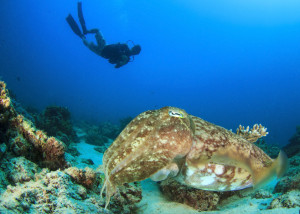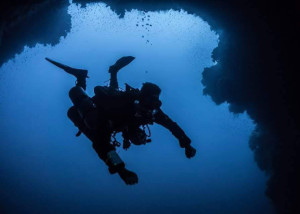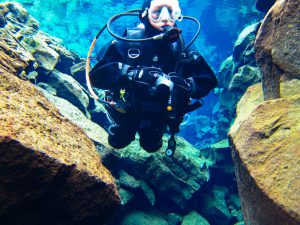For the Love of Cephalopods at Atlantis Dive Resorts
 If you’re hunting for the ocean’s most intelligent invertebrates, both of the Atlantis Dive Resort locations in the Philippines offer you a higher than average chance of being hugely successful — even with some of the rarest species.
If you’re hunting for the ocean’s most intelligent invertebrates, both of the Atlantis Dive Resort locations in the Philippines offer you a higher than average chance of being hugely successful — even with some of the rarest species.
The post For the Love of Cephalopods at Atlantis Dive Resorts appeared first on Scuba Diver Life.
For the Love of Cephalopods at Atlantis Dive Resorts Read More »

 The Blue Hole, in Dahab, Egypt is one of the most famous of its kind. The site’s famous arch, starting at around 180 feet (55 m), is well out of the range for recreational diving, but it’s accessible to those who take their training a step further.
The Blue Hole, in Dahab, Egypt is one of the most famous of its kind. The site’s famous arch, starting at around 180 feet (55 m), is well out of the range for recreational diving, but it’s accessible to those who take their training a step further. 
